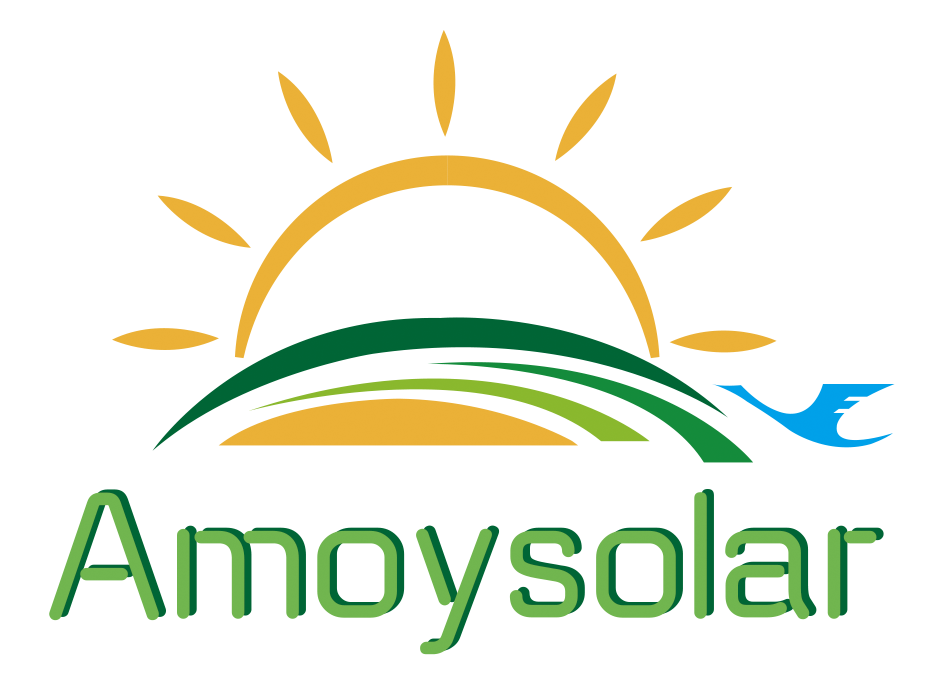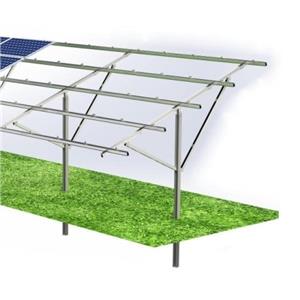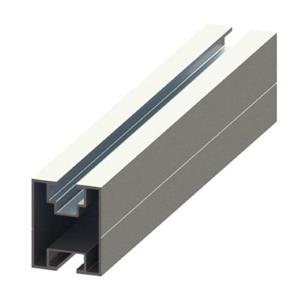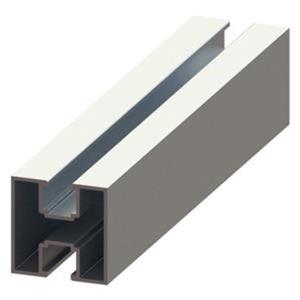What are the different types of ground solar mounting systems? And what are they used for?
Solar ground-mounting systems are widely used in commercial and private applications, Solar oriented ground-mounted frameworks offer the adaptability to introduce clusters in open spaces when accessible roof regions are constrained, blocked, or non-existent. Ground-mounted PV frameworks extend in measure from some kilowatts to a couple of megawatts and can be adjusted to an assortment of field conditions.
They regularly permit for the optimized plan, such as indicating the ideal divide and introduction of the cluster to maximize kWh output. Over a long period, solar-oriented racking frameworks have advanced from off-the-shelf metal framed channels that have been retrofitted and gathered into building arrangements, numerous of which don't require field adjustments such as cutting, penetrating, and welding.
The following are the different types of ground solar mounting systems and their uses;
Standard or Traditional solar ground mounting system
A standard ground mount racking framework comprises an outline of galvanized and/or aluminum bolsters that are secured to the ground and can bolster up to 4 columns of sun-powered boards in either representation or scene introduction. The outline is tied down to an establishment of concrete footings, concrete balances (where the framework sits on the best of the ground and is held in put by weights), driven heaps, ground screws, or a blend of these components. The best sort of establishment is based primarily on soil properties.
The rails and clamps that hold the solar-paneled boards are put on a balanced structure; at that point, the solar panels are mounted at the top. The racking framework is balanced to set to the point decided amid the location study and plan to prepare to maximize solar energy without the requirement for regular alterations of the array.
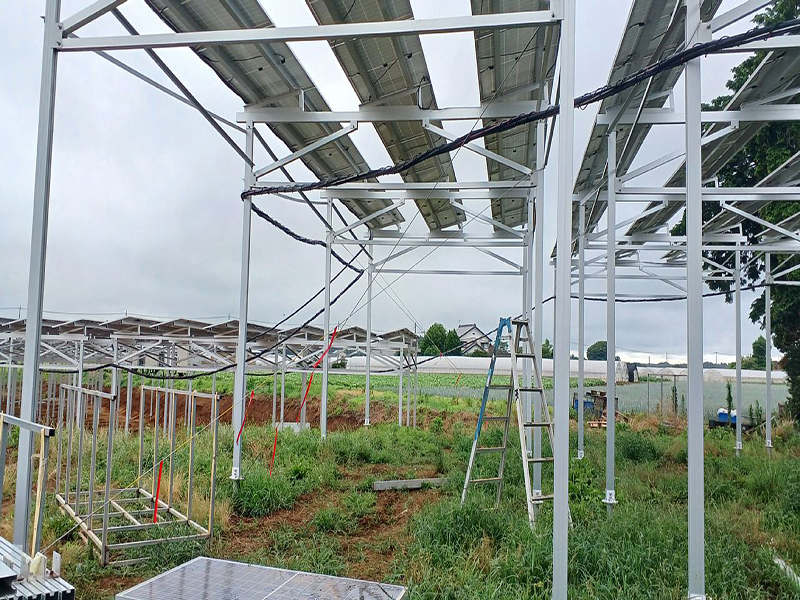
Standard ground mounts have one or two establishment alternatives. They utilize a tilted racking framework, ordinarily made of steel, that maintains the solar panel system.
A concrete pear establishment is the foremost common choice. To set it up, you burrow various gaps that are a few feet profound, and after that put posts into them. At that point, you pour concrete into the gaps to keep them in put so that they can bolster a racking system.
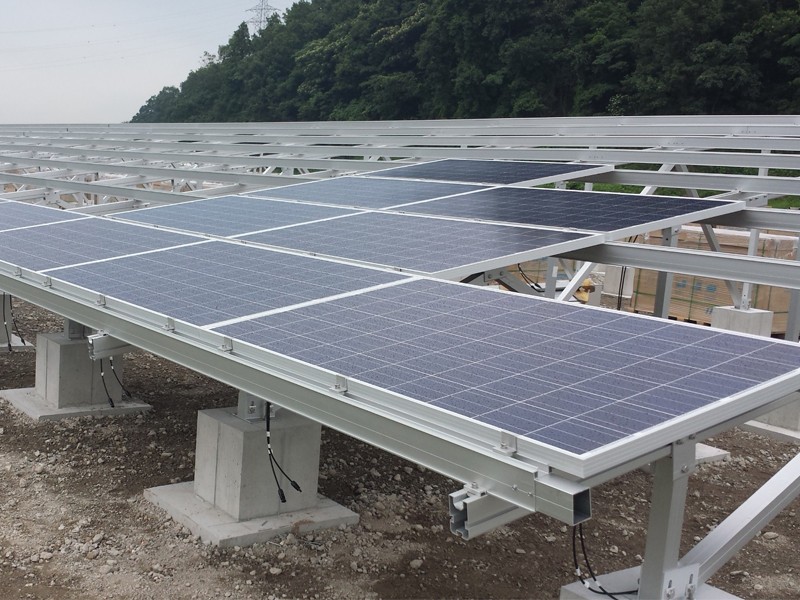
A ballasted framework is a standard ground mount but the concrete is over the ground, not poured into it. Overwhelming concrete footings hold a racking framework and three to four solar-oriented boards in put so that solid wind and antagonistic climate don't influence them. Ballasted frameworks work for either ground or roof establishments, and are valuable for those who don't need to enter their roof or property grounds.
Pole mounted system
A pole mount solar-oriented racking framework comprises one or more galvanized shafts that hold up a racking framework and give a secure mounting structure for solar panels. A shaft mount rack can hold from 1 to 15 solar panels on a single post. Shaft mounts as often as possible have a built-in tilt and/or swivel. Shaft mounting gives a user the advantage of being able to alter the tilt of the solar-based cluster regularly to maximize the output—and can be a more adaptable alternative than roof mounting depending on the area.
To construct a pole-mount solar-based framework, you burrow one enormous gap into the ground, rather than a few little gaps as with a standard ground-mount. A huge shaft is set into the ground, upon which you interface your rails and mount your solar panels.
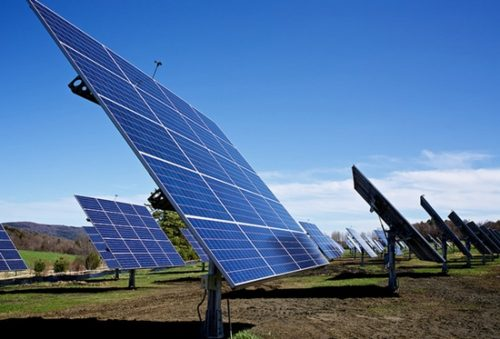
The tallness of shaft mounts permits the cluster to be recorded over conceivable obstructions. All shaft mount racking frameworks offer updates for zones with extraordinary climate conditions such as overwhelming snow stack and tall wind speeds to guarantee they are compliant with your neighborhood zone necessities.
A driven pier is a huge shaft that's pile-driven into the ground utilizing uncommon apparatus. Once in place, the top of the post pole maintains a rectangular outline that bolsters the solar panel's framework.
Helical heaps are exceptionally comparable to driven docks in that they moreover require extraordinary apparatus to introduce into the ground. What sets them separated is their appearance, which is comparable to a monster screw. They are screw helical heaps profound into the ground. This empowers them to hold up an outline framework for the solar panels
On the flip side, pole mounts with tracking systems have a better-taken toll per watt, and most individuals discover it cheaper to instep introduce a standard ground-mount system with more solar panels.
Uses of the different types of ground mount systems
Ground-mounted solar panels are used with tracking systems, and more and more designers and installers turn to ground-tracking frameworks. These motorized ground-mounts track the sun all through the day, guaranteeing the boards are confronting the sun at all times. Boards are connected to comparable racking tables as conventional ground-mounts, ordinarily catapulted or clamped into put, but there are distinctive sorts of following systems.
The two primary classifications of the following frameworks are single-axis and dual-axis. Single-axis following frameworks span boards on long lines, taking after the sun from east to west. Dual-axis following frameworks isolated out tables of boards and take after the sun in a more circular way for the leading vitality output.
Tracking frameworks have two engine qualifications. Centralized trackers move numerous lines of boards with a single engine. Disseminated trackers utilize one engine per push or table of boards. Centralized frameworks utilize fewer engines whereas dispersed frameworks utilize numerously.
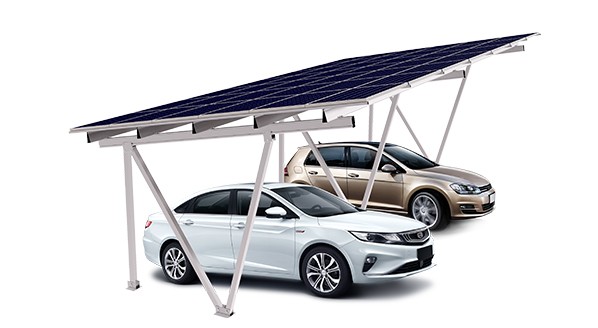
Solar ground-mounted carports and canopies can be looked at as truly, truly tall ground-mounts. They are exceptionally common in commercial settings, particularly at schools and trade campuses. Fortified concrete establishments hold huge steel bars that bolster solar panels overhead.
Carports can be planned to cover one push of stopping spots, span over two lines, or be as huge as an extended needs. Numerous carports can be prepared with electric vehicle charging stations as an additional reward for cars protecting underneath.
